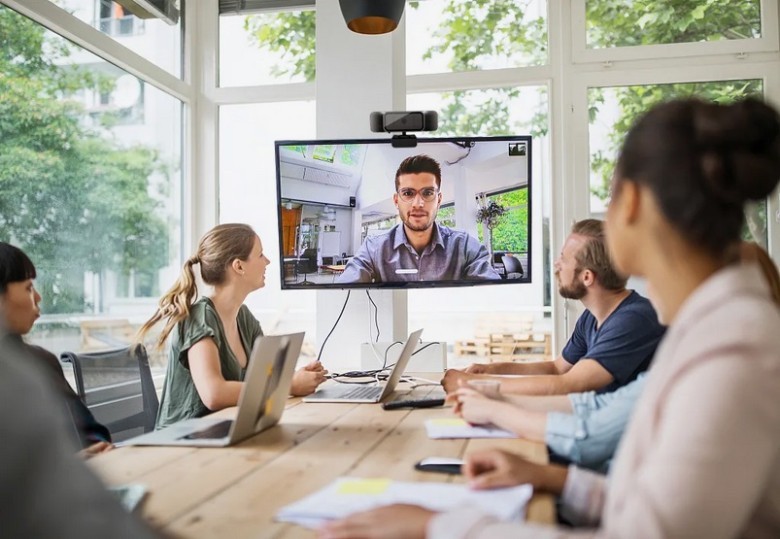
AI-Generated Sushi Becomes the Trendiest Dish
It's a Tuesday evening at Sushi Singularity, one of the hottest new restaurants in town. The sleek, modern space is packed with diners eagerly awaiting their meals. But instead of traditional sushi chefs skillfully slicing fish and molding rice by hand, the action is taking place behind an expansive glass wall. There, a series of robotic arms effortlessly construct each intricate sushi piece, guided by complex artificial intelligence algorithms.

"It's like watching a beautiful, choreographed dance," says 28-year-old software engineer Leila Sharma as she watches the robotic sushi assembly with rapt attention. "The precision and consistency is just mind-blowing. Every piece looks perfect."
Sharma is one of the growing legions of sushi enthusiasts who have embraced the trend of AI-generated sushi. What was once a curiosity has quickly become a culinary phenomenon, with Sushi Singularity and similar high-tech restaurants popping up in major cities around the world. Diners are lining up for hours for the chance to sample sushi crafted not by human hands, but by intelligent machines.
"The AI just has this uncanny ability to create sushi that is visually stunning and tastes incredible," raves Sharma as she delicately picks up a piece of AI-made tuna nigiri with her chopsticks. "It's revolutionizing the sushi experience."
The Rise of Robo-Sushi
The origins of AI-generated sushi can be traced back to 2021, when a pair of MIT researchers published a groundbreaking paper outlining a new AI system capable of designing and fabricating sushi. Inspired by the complex decision-making and dexterity required for traditional sushi making, the researchers developed sophisticated machine learning algorithms that could analyze ingredient properties, model sushi structures, and control robotic arms to assemble the final product.
"We were fascinated by sushi as this quintessential example of food as art - the precision, the aesthetics, the delicate balance of flavors," explains Dr. Akiko Takeda, one of the lead researchers on the project. "We wondered if we could recreate that using artificial intelligence and automation."
The initial prototypes were rough around the edges, but as the AI models were trained on vast datasets of sushi recipes, techniques, and flavor profiles, the quality of the AI-generated sushi steadily improved. By 2022, the researchers had developed a system capable of producing sushi pieces that were indistinguishable from those made by expert human chefs.
"It was a eureka moment when we realized the AI could not only match the precision of human sushi chefs, but in many ways surpass it," says Dr. Takeda. "The consistency, the presentation, the flavors - it was all there. We knew we had to bring this to the world."
The researchers founded Sushi Singularity, one of the first restaurants fully dedicated to AI-generated sushi. The concept quickly captured the public's imagination, with glowing reviews and long waiting lists. Soon, other entrepreneurs were scrambling to open their own AI sushi establishments, sparking a veritable robo-sushi revolution.
"There's just something mesmerizing about watching the robots assemble each piece," says 35-year-old marketing executive David Cho, who has dined at Sushi Singularity multiple times. "The level of detail and artistry is astounding. It really makes you rethink what's possible with automation and AI."
The Science Behind Robo-Sushi
So how does this AI sushi magic actually work? The key lies in the sophisticated machine learning algorithms that power the robotic sushi assembly.
"It starts with extensive training on sushi recipes, techniques, and flavor profiles," explains Dr. Takeda. "The AI models learn to deconstruct the process of sushi making - from selecting the right fish and rice to slicing, molding, and garnishing each piece."
Using computer vision and tactile sensors, the robotic arms are able to precisely measure ingredients, assess texture and consistency, and make real-time adjustments to ensure perfection. Advanced simulation models allow the AI to virtually "test" different sushi designs before physically constructing them.
"It's all about optimization - finding the ideal combination of flavors, textures, and aesthetics," says Dr. Takeda. "The AI can analyze millions of permutations and hone in on the perfect sushi configuration."
But the true secret sauce, according to the researchers, is the AI's ability to account for human sensory perception and preferences. The algorithms are trained on vast troves of data on how people visually perceive and experience sushi, allowing the AI to engineer pieces that are not just technically flawless, but also deeply satisfying to the human palate.
"It's not just about replicating traditional sushi - it's about elevating the experience to a whole new level," says Dr. Takeda. "The AI can detect the slightest nuances in flavor, texture, and presentation that make a piece truly exceptional."

This focus on the diner's experience is a big part of what sets AI-generated sushi apart from its human-crafted counterpart. While traditional sushi chefs rely heavily on years of apprenticeship and embodied knowledge, the AI system taps into a broader, data-driven understanding of the science and psychology of sushi.
"Humans are great at sushi, but they're limited by their own personal experiences and biases," explains Dr. Takeda. "The AI can draw on a much wider pool of knowledge to optimize every aspect of the sushi, from the ideal rice-to-fish ratio to the perfect temperature and plating."
The result is sushi that, according to many diners, surpasses even the most skilled human sushi chefs. Each piece is a meticulously engineered masterpiece, with flawless texture, balanced flavors, and stunning visual presentation.
"It's sushi perfection," raves Leila Sharma. "I honestly can't imagine going back to traditional sushi after experiencing this."
The Debate Over Robo-Sushi
Of course, the rise of AI-generated sushi has not been without its share of controversy and debate. Many traditional sushi purists have criticized the technology as sacrilegious, arguing that it strips away the artistry and personal touch that is essential to the craft.
"Sushi is an ancient Japanese culinary tradition that is meant to be passed down from master to apprentice, not reduced to algorithms and machines," says renowned sushi chef Hiroshi Nakamura. "There's an intangible human element that gets lost when you take the chef out of the equation."
Nakamura and other critics contend that AI-generated sushi, no matter how technically perfect, can never replicate the nuanced flavor profiles and emotional connection that come from a sushi chef's years of training and experience.
"It's the small imperfections, the slight variations, that make each piece of sushi unique and special," argues Nakamura. "An AI system, no matter how advanced, will never be able to fully capture that human touch."
There are also concerns about the potential job displacement caused by the rise of robo-sushi. As AI-powered sushi restaurants continue to gain popularity, traditional sushi chefs may find their livelihoods threatened.
"This technology represents a real challenge to the sushi industry," says food industry analyst Mei Tanaka. "Many restaurants and chefs simply won't be able to compete with the consistency, quality, and cost-effectiveness of AI-generated sushi. We could see a real shakeup in the market in the years to come."
However, the proponents of AI sushi argue that the technology is not meant to replace human chefs, but rather to enhance and complement their skills. They contend that AI can free up sushi chefs to focus on more creative and specialized tasks, while handling the rote, repetitive elements of sushi production.
"This isn't about eliminating sushi chefs - it's about empowering them," says Dr. Takeda. "With the AI handling the more mechanical aspects, chefs can devote more time to experimenting with new flavors, techniques, and artistry. It's an opportunity to elevate the craft, not diminish it."
Sushi Singularity, for its part, has made a concerted effort to collaborate with traditional sushi masters, incorporating their expertise and feedback into the AI system. The restaurant also employs a team of skilled human sushi chefs who work alongside the robotic arms, creating specialized, one-of-a-kind pieces.
"We see this as a symbiotic relationship, not a zero-sum competition," says Sushi Singularity's general manager, Akiko Watanabe. "The AI is a tool to enhance and support the artistry of our human chefs, not replace them entirely."
Still, the debate rages on, with passionate arguments on both sides. As AI-generated sushi continues to gain












Comments
0 comment